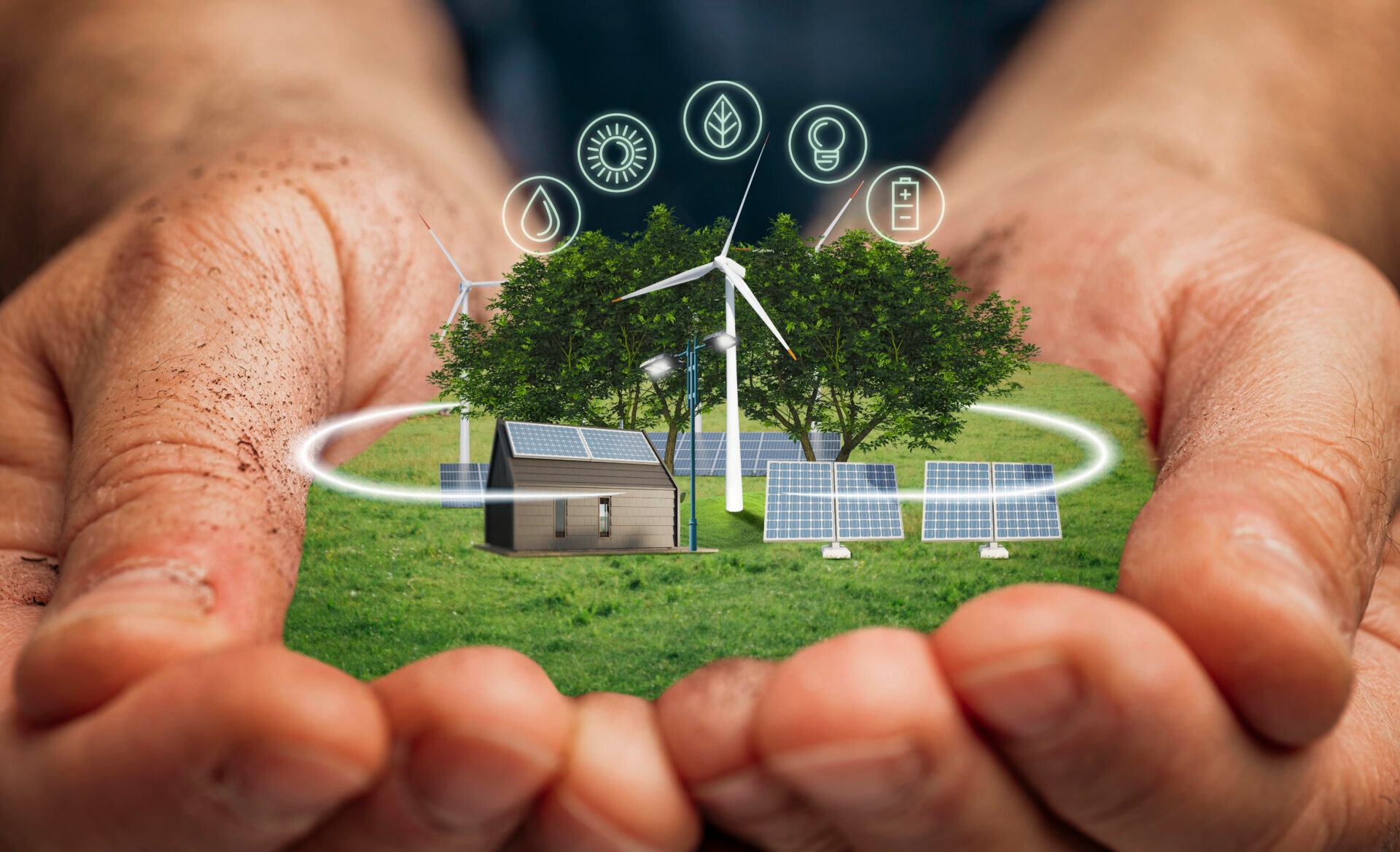Introduction
In an era marked by climate change, resource depletion, and environmental degradation, the imperative for sustainable practices has never been more pressing. Green technology, often referred to as green tech, offers innovative solutions to mitigate these challenges while fostering economic growth and social well-being. This article explores the significance of green tech in promoting sustainability and presents key solutions for a changing world.
Understanding Green Tech
Green tech encompasses a broad spectrum of technologies and practices aimed at minimizing environmental impact and conserving natural resources. From renewable energy sources like solar and wind power to waste management systems and eco-friendly transportation, green tech initiatives span various sectors of the economy.
The Importance of Sustainability
Sustainability lies at the core of green tech initiatives. By embracing sustainable practices, businesses, governments, and individuals can reduce their carbon footprint, preserve ecosystems, and ensure the well-being of future generations. Moreover, sustainability fosters resilience in the face of climate change and resource scarcity, enhancing overall societal stability.
Challenges and Opportunities
Despite the growing awareness of environmental issues, implementing green tech solutions faces several challenges. These include technological barriers, policy constraints, and financial considerations. However, these challenges also present opportunities for innovation, collaboration, and investment in sustainable infrastructure and practices.
Key Green Tech Solutions
- Renewable Energy: Transitioning from fossil fuels to renewable energy sources such as solar, wind, hydro, and geothermal power is crucial for reducing greenhouse gas emissions and mitigating climate change. Advancements in renewable energy technologies have made them increasingly cost-effective and accessible.
- Energy Efficiency: Improving energy efficiency in buildings, transportation, and industrial processes is another key aspect of green tech solutions. Energy-efficient appliances, smart building systems, and vehicle electrification contribute to lower energy consumption and reduced environmental impact.
- Circular Economy: The concept of a circular economy emphasizes minimizing waste and maximizing resource utilization through recycling, reusing, and repurposing materials. By closing the loop on product lifecycles, businesses can reduce their environmental footprint and create a more sustainable economy.
- Smart Cities: Leveraging technology to create smarter, more sustainable cities is a growing trend in green tech. Smart city initiatives integrate digital infrastructure, data analytics, and IoT devices to optimize resource use, improve transportation systems, and enhance quality of life for residents.
- Sustainable Agriculture: Adopting sustainable farming practices, such as organic farming, agroforestry, and precision agriculture, can help preserve soil health, conserve water, and reduce chemical inputs. Sustainable agriculture also promotes biodiversity and resilience in the face of climate change.
Conclusion
As the global community grapples with the challenges of climate change and environmental degradation, green tech offers a path toward a more sustainable future. By embracing innovative technologies and practices, we can reduce our ecological footprint, safeguard natural resources, and create a healthier planet for generations to come. Through collaboration between governments, businesses, and individuals, we can build a more resilient and prosperous world for all.

